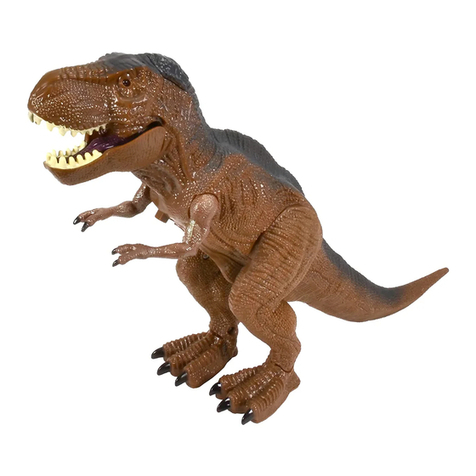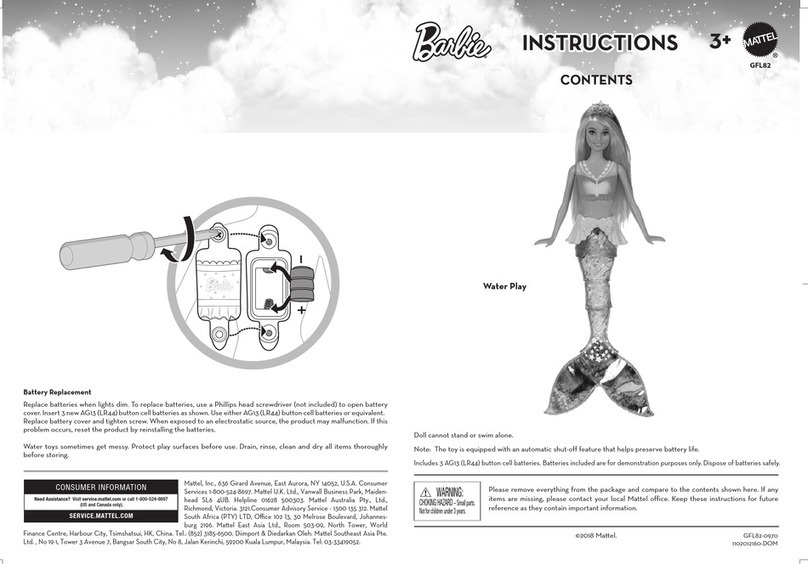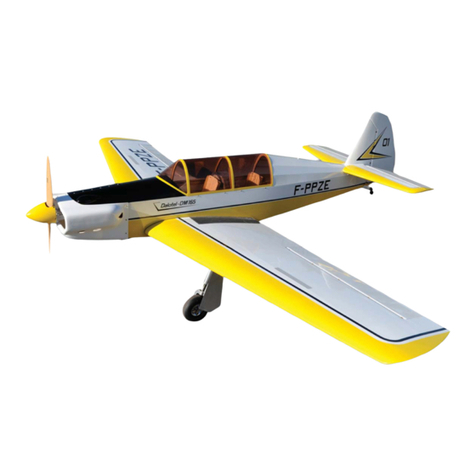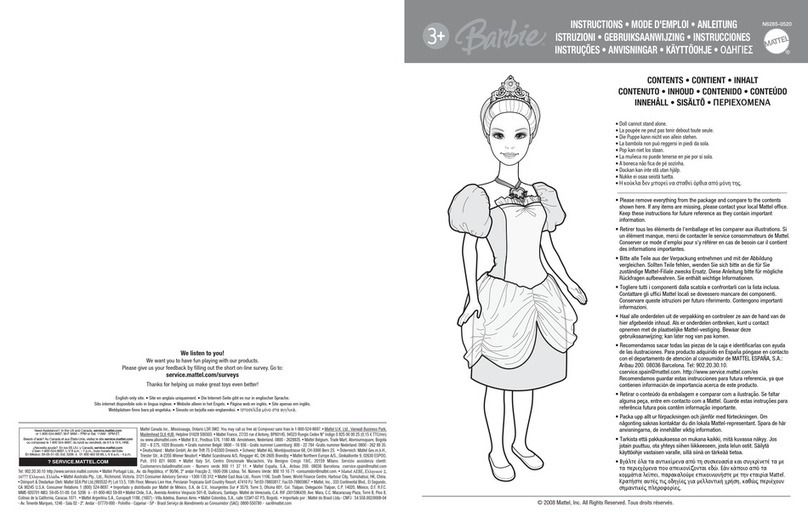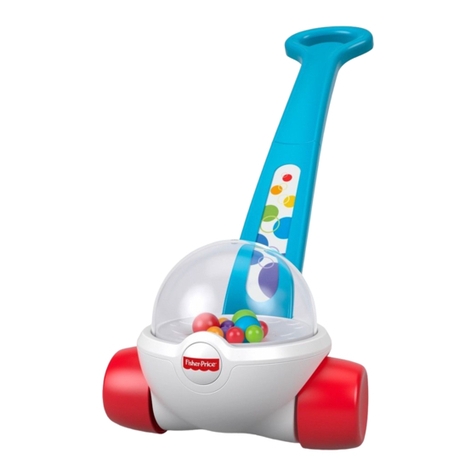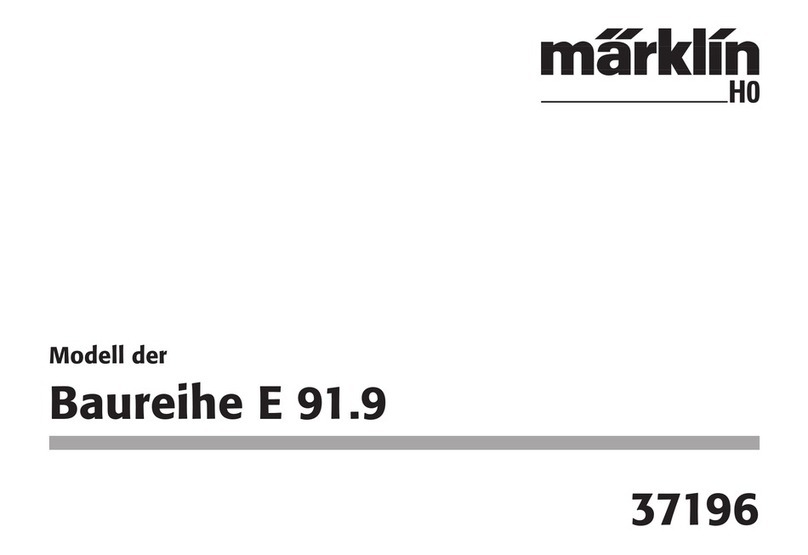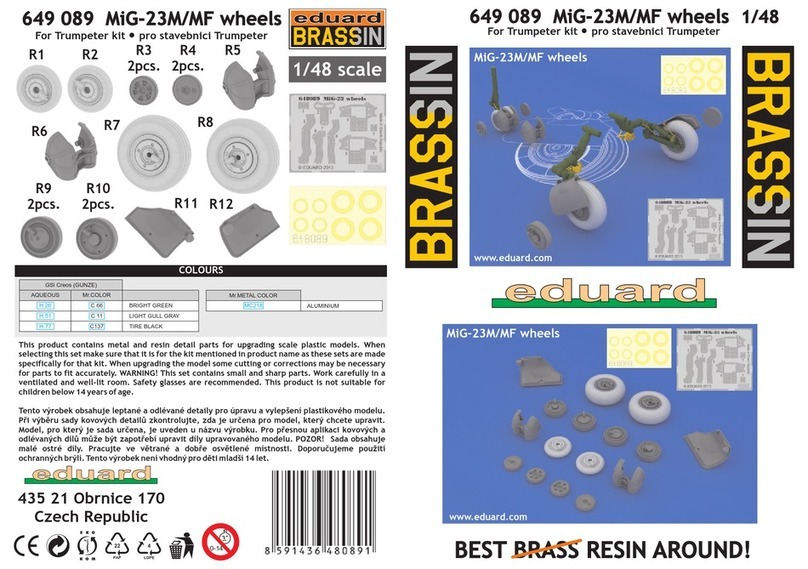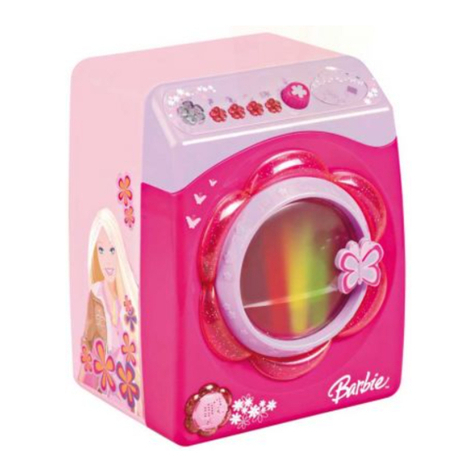Rocket RC Levicopter User manual

Please read this user manual as it contains valuable information on
how to properly fly and care for your Levicopter.
Product may vary slightly from photograph.
USER MANUAL
WARNING: LEVICOPTER IS AN INDOOR FLYING TOY. Infrared signals cannot function
in daylight due to interference from the sun. In addition, your UFO is not suited to
handle wind or other outdoor environmental conditions. Attempting to fly this toy
outdoors may lead to severe damage.
MOTION CONTROL
UFO RC FLYING
SAUCER
CHOKING HAZARD
-
Small parts.
Not for children under 3 years.
All rights reserved
Conforms to safety requirements ASTM, CPSIA and FCC.

One Levicopter motion controlled UFO
(Image A)
(A)
(B) Start / Stop Remote (C) Launch Base (D) USB charging cable
Before you get started please check to ensure that your Levicopter package
contains the following items:
CONTENTS OF BOX
Stabilizer
Landing Gear Charging Socket
Power Switch
Main Rotor Blade Connecting Rod
Flashing LED lights
One Levicopter Start/Stop remote
(Image B)
One Levicopter Launch Base
(Image C)
One Levicopter USB charging cable
(Image D)
Point LED at Levicopter
Start / Stop Button
LETS GET STARTED!
Follow these simple steps in EXACT ORDER and you will be successfully flying
your Levicopter in no time at all!
1. First find a room in your house with high ceilings
and a large open space where you have room to
walk around.You may have to move some furniture.
2. Make sure all sources of wind like ceiling fans,
floor fans or opened windows are turned off and
closed. Central Air conditioning should be okay but it
is a good idea to stay away from strong drafty areas.
3. Now place your Launch base on the floor in the
center of the room with at least a 4 foot open
radius, free of obstructions.
4. Place your Levicopter on the Launch base. Make
sure the levicopter sits flat and that the small round
stem on the bottom is centered in the hole on the
Launch Base. DO NOT TURN ON YOUR
LEVICOPTER JUST YET
5. Now Lets check the Start / Stop remote. Turn the
remote over and you should see a battery protection
plastic tab. Carefully remove the plastic strip by
pulling firmly. Test your remote by depressing the
propeller logo on the top side. You should see a red
LED light-up on the tip of the remote. If not make
sure you have completely removed the tab.
6. Now turn on your Levicopter and set it back down
on the Launch base. You should see a group of
colored LED Lights. If you do not see lights check to
make sure your power switch is in the on position.
Your Levicopter may need a charge.
7. Stand at least 4 feet back and point the LED on
your remote directly at the Levicopter just like a
television remote. When you are ready, push the
start button! To stop the Levicopter point the remote
directly at the UFO and push the button again.
8. Your Levicopter should launch into the air and
begin to hover! You can make the Levicopter go up
by putting you hand, foot or any other object directly
underneath (Don’t touch the Levicopter). The longer
you hold your hand under it, the faster it will ascend
upwards.
PLEASE READ THE HOW TO PLAY SAFE GUIDE ON THE NEXT PAGE

HOW TO PLAY SAFELY! HOW TO PLAY SAFELY!
IMPORTANT SAFETY INFORMATION: KEEP YOUR UFO AWAY FROM FACE AND EYES.
KEEP FINGERS AWAY FROM MOVING ROTORS WHEN POWER IS TURNED ON.
DO DON’T
DO always use the included launching
base.
DON’T ever try to launch from your hand,
the carpet or other uneven surfaces.
DO fly your Levicopter in the center of the room
away from walls, furniture, people or pets.
DON’T fly your Levicopter near walls,
furniture, people or pets.
DO stand at least 3 feet away from the
launch base when first launching your
Levicopter.
DON’T stand to close to the launch base
when launching your Levicopter.
DO keep your body, face and hair away
from the Levicopter when flying. If you have
long hair, tie it out of the way or wear a hat.
DON’T stand directly over the Levicopter
or get so close that it could touch your
face or body. Don’t try to catch it in the air.
Safety is number one and should be taken seriously! Please carefully study
the below DO’s and DON’Ts so that you may always enjoy the safe operation
of your Levicopter.
Safety is number one and should be taken seriously! Please carefully study the
below DO’s and DON’Ts so that you may always enjoy the safe operation of
your Levicopter.
DO DON’T
DO use your hand, feet or other flat objects
directly UNDER the Levicopter to make it rise
up in the air. Remember to keep your hand
extended outward away from your body. Do
not try to touch or grab the Levicopter.
DON’T put your hand, face or object OVER
or on the SIDE of the Levicopter when flying
and don’t use your hand close to the body.
DO allow one person to play with only one
Levicopter at one time.
DON’T allow 2 people to play with the
same Levicopter at the same time.
DO use the included remote to STOP the
Levicopter from flying.
DON’T try to grab or capture the Levicopter
to shut it off.
DO make sure the space below the
Levicopter is clear when you shut it off.
IMPORTANT! TO STOP THE LEVICOPTER YOU MUST DIRECTLY POINT THE
LED ON YOUR REMOTE AT THE LEVICOPTER AND PRESS THE BUTTON
DON’T shut off the Levicopter if there are
people or pets underneath it.
3

RECHARGING AND REPLACING
BATTERIES
Your Levicopter comes with a rechargeable Li-Poly battery and your Start/Stop
IR remote comes with one included CR2032 button cell battery that will need to
be replaced one day.
RECHARGING YOUR LEVICOPTER
The Levicopter should come partially charged out of the box and should be ready to practice flying.
When the battery level is too low, the Levicopter will begin to automatically descend and not rise. Now
it’s time to recharge your Levicopter battery. Follow these simple steps
1. IMPORTANT! Make sure the Levicopter OFF/ON switch is in the OFF position.
2. Plug the included USB charging cord into any USB charging port (see diagram A)
3. There should be a RED LED light that appears on the top of your USB plug (see diagram B)
4. Find the square charging port on the underside of the Levicopter (see diagram C)
5. Carefully plug the white square end of the included USB charging cord into the square charging
socket on the Levicopter. (see diagram D). The plug only fits in one direction. Do not force the plug.
6. When the USB charging cord is correctly connected to the Levicopter, the RED LED light will
disappear. This means you are charging your Levicopter.
7. When the RED LED comes on, your Levicopter is fully charged and ready to fly!
The Levicopter can take 15-25 minutes to fully charge depending on how low the battery level is
before charging.
TROUBLE SHOOTING
Problem: There is no RED LED light on my USB cord when I plugged it in my computer?
Solution: a) check that the computer is on.
Problem: The LED Light stayed on and does not turn off when charging
Solution: a) Check that the ON/OFF switch on the bottom of the Levicopter is in the OFF position.
b) Check that the USB square plug is properly and fully inserted into the Levicopter’s charging socket.
REPLACING THE BATTERY IN YOUR REMOTE
1. Use a screwdriver to remove the battery compartment cover from
the back of the remote control.
2. Install 1 x 3.0V CR2032 cell battery (see diagram A).
3. Replace the battery compartment cover and tighten the screw
firmly. Be Careful not to over tighten.
Note: CR2032 button cell batteries are common and can be in
must drug stores, electronic stores and big box retailers
A. B. D.
C.
The red LED on the USB
plug lights up when
charging is completed
Diagram A
Battery
Compartment Cover
(1xCR2032 cell battery)
CR2032
3.0V
+
BATTERY WARNINGS
RECHARGEABLE BATTERY:
This UFO uses an internal Li-Poly rechargeable battery and is not replaceable. If the battery no longer
stays charged, dispose of it properly according to local disposal requirements.
CAUTION: If the rechargeable battery leaks fluid, avoid contact with eyes and dispose of the UFO.
CONTROLLER BATTERIES:
The remote control uses 1 CR2032 cell battery (included). Please read the important battery
safety warnings below.
• Do not mix alkaline, standard (carbon-zinc), and rechargeable batteries (Nickel Metal Hydride).
• Do not mix old and new batteries.
• Non-rechargeable batteries are not to be recharged.
• Rechargeable batteries are to be removed from the item before being charged (if removable).
• Rechargeable batteries are only to be charged under adult supervision.
• Exhausted batteries should be removed immediately and must be recycled or disposed of
properly according to state or local government ordinances and regulations.
• The supply terminals are not to be short-circuited.
• Only batteries of the same or equivalent type as recommended are to be used.
• Batteries are to be inserted with the correct polarity (see inside booklet for diagram).
• Do not dispose batteries in a fire; batteries may leak or explode.
CARE AND MAINTENANCE
• Always remove the batteries from the remote control when it is not being used for an extended
period of time.
• To clean, gently wipe the remote control and UFO with a clean damp cloth.
• Keep the toy away from direct heat or sunlight.
• Do not submerge the toy into water. This can damage the unit beyond repair.
• Parental guidance is recommended when installing or replacing the batteries.
• Warning: Only use the USB charger included with this UFO to charge the Lithium Polymer
battery in the UFO.
• IMPORTANT SAFETY INFORMATION: Keep your UFO away from face and eyes.
Keep fingers away from moving rotors when power is turned on.
FCC Part 15 B Notice
CAUTION: Changes or modifications not expressly approved by the party responsible for
compliance could void the user’s authority to operate the equipment.
NOTE: This equipment has been tested and found to comply with the limits for a Class B digital
device, pursuant to Part 15 of the FCC Rules. These limits are designed to provide reasonable
protection against harmful interference in a residential installation. This equipment generates,
uses and can radiate radio frequency energy and, if not installed and used in accordance with the
instructions, may cause harmful interference to radio communications. However, there is no
guarantee that interference will not occur in a particular installation. If this equipment does cause
harmful interference to radio or television reception, which can be determined by turning the
equipment off and on, the user is encouraged to try to correct the interference by one or more of
the following measures:
• Reorient or relocate the receiving antenna.
• Increase the separation between the equipment and receiver.
• Connect the equipment into an outlet on a circuit different from that to which the receiver
is connected.
• Consult the dealer or experienced radio/TV technician for help.
This device complies with Part 15 of the FCC Rules. Operation is subject to the following two
conditions :
(1) this device may not cause harmful interference, and (2) this device must accept any
interference received, including interference that may cause undesired operation.
Table of contents


